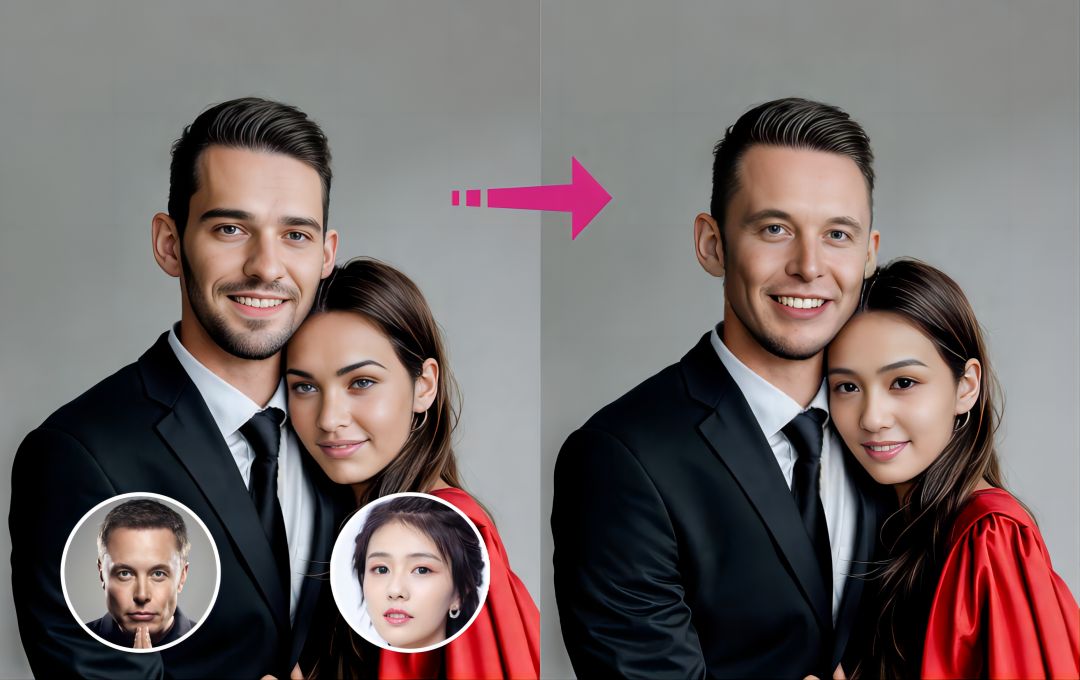In today’s digital age, high-quality images are more crucial than ever. Whether you’re a professional photographer, a graphic designer, or simply someone who enjoys capturing life’s moments, having sharp, clear images can make a significant difference. This is where image sharpening comes into play.
Image sharpening is a technique used to enhance the clarity and detail of an image. It emphasizes the edges and textures, making your photos appear crisper and more defined. This process can transform an ordinary photo into a striking visual, making it an essential tool in your editing arsenal.
How Image Sharpening Works
At its core, image sharpener works by increasing the contrast between adjacent pixels. When the contrast between light and dark areas is heightened, edges become more pronounced. There are various methods of sharpening images, including Unsharp Mask, High Pass filtering, and advanced AI algorithms. Each method has its strengths, and the choice often depends on the specific needs of the image and the desired effect.
Why You Should Use Image Sharpening
1. Enhanced Detail: Sharpening can bring out finer details that may be lost in the original capture, making your images pop. This is especially useful for landscapes, portraits, and product photography, where detail can significantly impact visual appeal.
2. Improved Focus: A well-sharpened image draws the viewer’s eye to the subject, improving the overall focus. This is particularly valuable in portrait photography, where the subject’s features should be highlighted.
3. Compensating for Softness: Sometimes, images can appear soft due to lens limitations, motion blur, or focus errors. Image sharpening can help recover some of that lost clarity, ensuring your images are as impactful as possible.
Best Practices for Image Sharpening
While sharpening can dramatically improve your images, it’s important to use it judiciously. Over-sharpening can lead to artifacts, such as halos around edges or a grainy appearance. Here are some tips for effective sharpening:
• Start with a high-resolution image: The better the original quality, the more effectively you can sharpen it.
• Use sharpening selectively: Apply sharpening to specific areas rather than the entire image. This can help maintain a natural look.
• Preview your edits: Always zoom in and preview changes to ensure that the sharpening enhances the image without introducing unwanted artifacts.
In conclusion, mastering image sharpening can elevate your photography and graphic design skills. By understanding how to effectively sharpen images, you can create visually stunning results that captivate your audience. Embrace this powerful tool and watch your images transform into clear, striking visuals.
Unlocking the Power of Image Sharpening
